While initial perceptions of Watchmen might have been colored by various factors, ranging from expectations set by the source material to the challenge of condensing a complex narrative into a feature-length film, this article seeks to peel back the layers and shed light on why Watchmen is better than you remember. From its visual prowess to its thematic depth, the film boasts a range of qualities that warrant a second glance. Join us on this journey as we explore the compelling reasons why “Watchmen” stands as a testament to cinematic ambition and storytelling artistry.
So, if you’ve ever questioned the lingering impact of a masked vigilante, pondered the complexities of morality in a world of heroes and villains, or marveled at the intricate threads that interweave within a narrative tapestry, it’s time to revisit Watchmen with fresh eyes and an open mind. It’s a film that invites us to engage not only with its characters and plot but also with the larger questions it poses about human nature, power, and the blurred lines between good and evil. Buckle up as we embark on a journey through the reasons why Watchmen is a cinematic gem that deserves a closer look.
Complex Characters and Morality
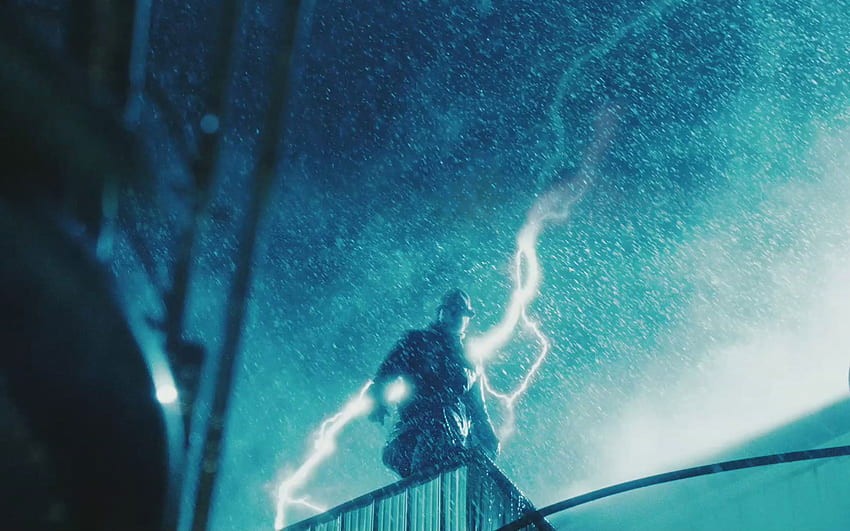
Watchmen breaks free from these conventional molds, presenting a roster of characters whose complexities blur the lines between heroism and villainy. This exploration of moral ambiguity is one of the defining features that sets Zack Snyder’s adaptation apart, elevating it to a level that is better appreciated with the passage of time. Watchmen thrives on its characters’ moral struggles and their complexities. By transcending the archetypal hero-villain dichotomy, the film forces viewers to question their own definitions of right and wrong. As the layers of each character’s psyche are peeled away, a rich tapestry of morality emerges, compelling audiences to contemplate the shades of gray that exist within every individual.
With his ever-shifting inkblot mask and unwavering sense of justice, Rorschach is an enigmatic character who challenges viewers’ perceptions of morality. Then there’s the Comedian, a character whose name is ironically juxtaposed with his actions. His brutally pragmatic approach to life and his involvement in morally reprehensible acts challenge traditional notions of heroism. At the other end of the spectrum is Dr. Manhattan, a being of immense power who transcends human limitations. His detachment from humanity and his ability to perceive time in a non-linear fashion blur his sense of morality, leading him to make decisions that appear callous or incomprehensible to others.
Deconstruction of Superheroes
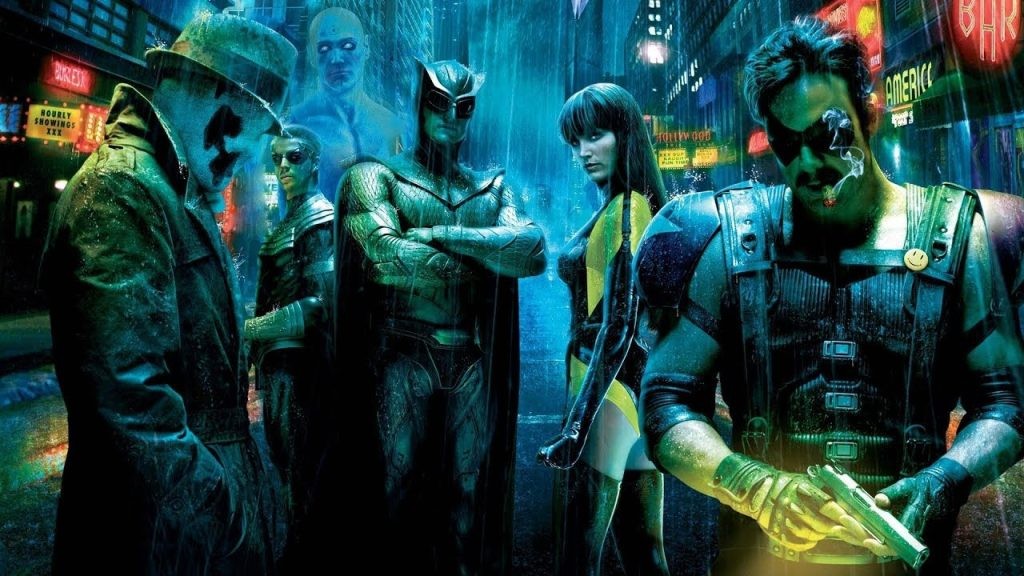
In the world of Watchmen, costumed vigilantes don’t simply swoop in to save the day with unwavering righteousness. Instead, these characters are haunted by their flaws, driven by motivations as diverse and conflicted as those of any ordinary person. Watchmen offers a poignant reminder that behind the masks and capes are individuals with their own personal demons, struggles, and imperfections. Watchmen strips away the romanticized notions of heroism, offering a raw and unfiltered look at individuals grappling with their humanity in extraordinary circumstances. The film’s deconstruction of superheroes dismantles the conventions that have long defined the genre, replacing them with characters who reflect the multifaceted nature of human existence.
Perhaps the most striking deconstruction occurs through the character of the Comedian. His actions, though reprehensible, reflect the harsh realities of a world that teeters on the brink of chaos. The Comedian serves as a mirror to a society marked by cynicism, war, and moral ambiguity. His lack of remorse underscores the film’s exploration of the ethical boundaries that can be blurred by power and circumstance. In the end, Watchmen compels viewers to consider what it truly means to be a hero in a world devoid of absolutes, sparking a shift in the way we perceive and appreciate the archetypal figures that populate our screens.
Themes and Social Commentary
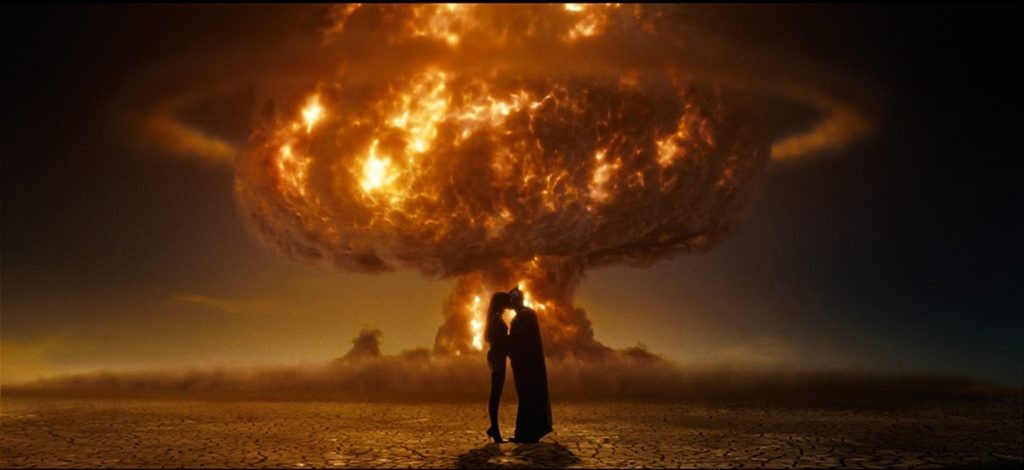
At the heart of Watchmen lies a probing exploration of power and its potential to corrupt even the most noble of intentions. Dr. Manhattan and Ozymandias wield unparalleled abilities, and their actions reflect the moral dilemmas that arise when immense power is concentrated in the hands of a few. The film challenges us to question whether power, regardless of its source, can ever be wielded without consequence. The world’s fear of the unknown, represented by the presence of Dr. Manhattan, echoes real-world anxieties about scientific advancements and their implications. Meanwhile, characters grapple with personal fears, trauma, and the scars that shape their identities. This exploration of fear contributes to the film’s psychological depth and resonates with universal human experiences.
Characters like Rorschach and Nite-Owl grapple with questions of self, questioning their place in the world and the authenticity of their identities. The symbolism of masks extends beyond the physical, shedding light on the roles individuals play in society and the masks they wear to conceal their true selves. Transcending its superhero trappings to become a canvas for thought-provoking social commentary. Through its themes of power, politics, morality, and identity, the film encourages viewers to engage with the broader issues that define our own reality. It serves as a reminder that stories about extraordinary beings can hold a mirror to the complexities of the human experience, encouraging us to critically examine our world and the values that shape it.
Cinematic Spectacle
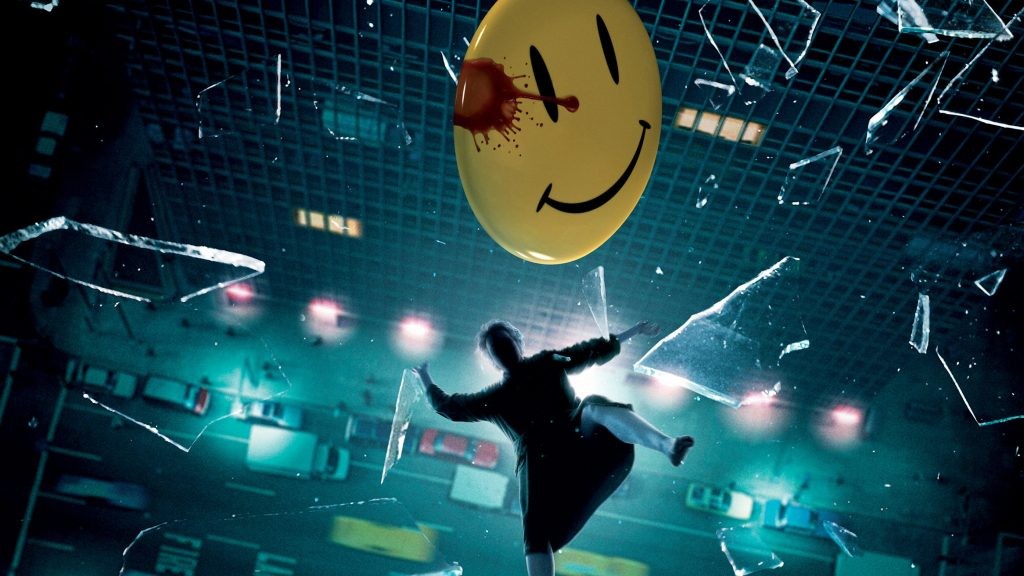
From its inception, the film sought to be more than a mere adaptation; it aimed to be a cinematic spectacle that both honored its source material and redefined the boundaries of superhero narratives on the big screen. With its stunning visuals, meticulously crafted action sequences, and memorable set pieces, Watchmen emerges as a feast for the eyes and a testament to the power of cinematic storytelling. Scenes are meticulously composed to mirror iconic panels, capturing the essence of the source material’s artistry. The meticulous attention to detail pays homage to the graphic novel while allowing the film to establish its unique visual identity, bridging the gap between two distinct forms of storytelling.
Watchmen transports audiences to an alternate 1985, a world both familiar and radically different from our own. The film’s production design and visual effects seamlessly blend retro aesthetics with futuristic elements, crafting a world that feels immersive and captivating. The juxtaposition of familiar historical events with fantastical elements adds depth to the film’s universe, contributing to the sense of wonder that accompanies its cinematic spectacle. Snyder’s signature flair for choreographing action sequences shines. From Rorschach’s gritty brawls to the spectacle of Dr. Manhattan’s powers, the film presents a diverse array of kinetic moments that hold audiences captive. Each fight is a symphony of movement, a testament to the characters’ unique abilities, and a reflection of the comic’s dynamic visuals.
Casting and Performances
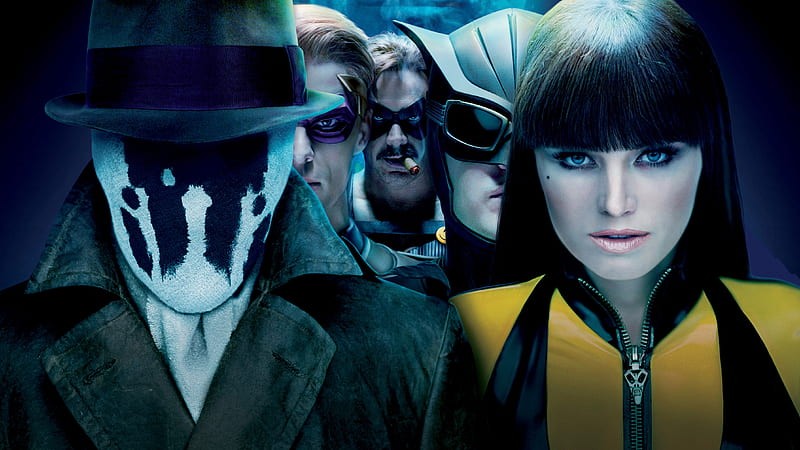
While captivating visuals and intricate storytelling mechanics are vital components of any film, it’s often the performances of the actors that breathe life into the characters and create a lasting connection with the audience. The casting choices and performances stand as a testament to the film’s ability to translate the essence of its source material onto the screen, elevating the narrative to a level of emotional resonance that’s better appreciated upon closer examination. The performances breathe authenticity into the complex individuals that populate the film’s universe. Through their dedication and skill, they transform the graphic novel’s words and images into dynamic, emotionally resonant characters that engage, challenge, and linger in the minds of audiences, contributing to the film’s enduring legacy.
Haley’s delivery of Rorschach’s iconic monologues captures the complexity and depth to a vigilante who teeters on the edge of sanity and moral righteousness. Morgan humanizes a character whose actions often challenge the boundaries of heroism and villainy, leaving audiences with conflicted emotions and deeper insights into the human psyche. Wilson’s portrayal emphasizes Nite Owl’s connection to the film’s overarching themes of identity and redemption. Åkerman’s performance underscores the film’s exploration of female agency in a world often dominated by male characters. Through voice and motion-capture, Crudup captures Dr. Manhattan’s unique perception of time and existence, making his struggle to connect with humanity palpable. And Goode’s delivery captures Ozymandias’ conviction and the layers of complexity beneath his seemingly altruistic façade.
For more content from FandomWire, check out our LinkTree!

